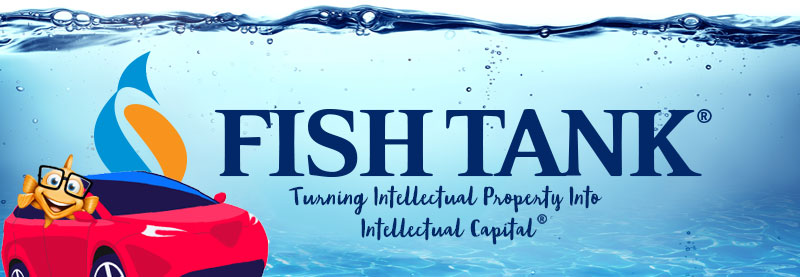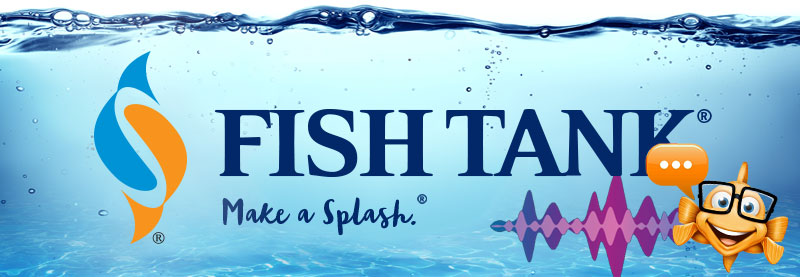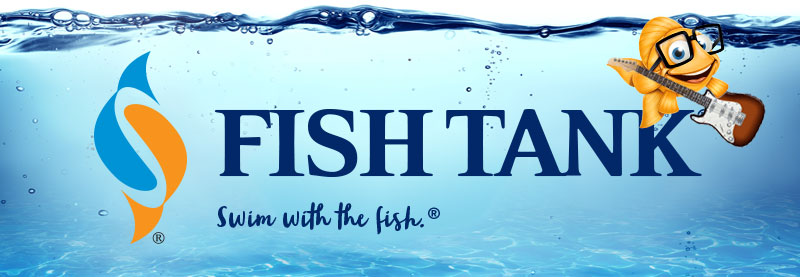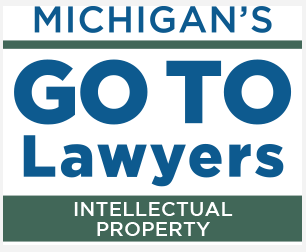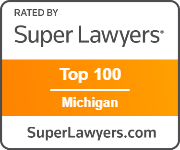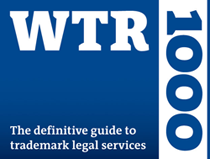Intellectual Property Insights from Fishman Stewart PLLC
Newsletter – Volume 23, Issue 2
Share on Social
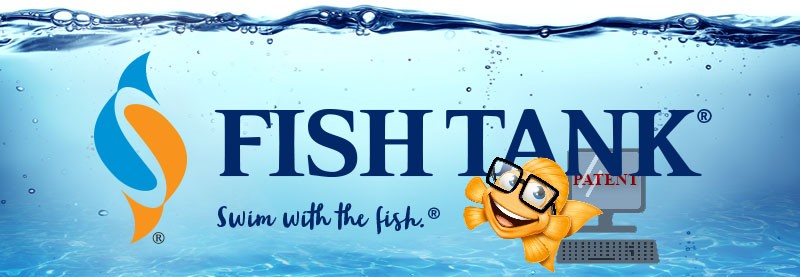
2022 Recap – Largest Patent Damages Awards
By Art Hallman
1. VLSI Technology LLC v. Intel Corp.: VLSI was awarded $948 million after a federal jury in Texas found that Intel infringed VLSI’s U.S. Patent No. 7,606,983 (“the ‘983 Patent”). The ‘983 Patent relates to microchip technology and, specifically, to improved computer processor performance via an improved transaction ordering policy in which individual occurrences of access requests can specify whether or not the associated transaction is to be performed in order. In lay terms, the technology improves computer performance by putting computer processor traffic “in the fast lane.” Less buffering means more binge watching!
2. Complete Genomics v. Illumina: Complete Genomics (“CG”) was awarded $333.8 million after a federal jury in Delaware found that Illumina infringed CG’s U.S. Patent No. 9,222,132 (“the ‘132 Patent”) and U.S. Patent No. 10,662,473 (“the ‘473 Patent”). The ‘132 Patent and the ‘473 Patent relate generally to DNA sequencing. These types of genetic sequencing technologies are used in research dedicated to treating a wide range of conditions and diseases, including autism, aging, and eating disorders.
3. Ravgen Inc. v. Laboratory Corporation of America: Ravgen was awarded $272.5 million after a federal jury in Texas found that Labcorp infringed Ravgen’s U.S. Patent No. 7,332,277 (“the ‘277 Patent”). The ‘277 Patent is directed towards methods for detection of genetic conditions like Down syndrome and noninvasive methods of detecting such conditions in utero. Safe methods for early detection of genetic conditions allow parents and health care professionals to better monitor and treat the conditions, providing better quality of life for parents and their children.
4. United Services Automobile Association v. PNC Bank: United Services Automobile Association (“USAA”) was awarded $218 million after a federal jury in Texas found that PNC infringed USAA’s U.S. Patent No. 8,699,779, U.S. Patent No. 8,977,571, U.S. Patent No. 10,482,432, and U.S. Patent No. 10,621,559 (“the USAA Patents”). The USAA Patents relate generally to mobile banking technology for remote check deposit. Who doesn’t want to skip the long line at the bank?!
5. Trustees of Columbia University v. NortonLifeLock: Columbia University was awarded $185 million after a federal jury in Virginia found that Norton infringed Columbia University’s U.S. Patent No. 8,074,115 (“the ‘115 Patent) and U.S. Patent No. 8,601,322 (the ‘322 Patent). These patents relate generally to groundbreaking cybersecurity safeguards. More specifically, they are directed towards methods and systems for detecting anomalous program executions. Early detection is key—especially when it comes to malware!
It seems the high stakes technologies of 2022 involved genetics, computing, and banking. We can’t wait to see what 2023 brings! Also, while 2022 may have been a down year for patent damages awards, 2022 saw a record number of published patent applications—417,922 patent applications published at the US Patent and Trademark Office in 2022. This is an encouraging sign that investment in innovation remains a priority.
Wishing you a happy 2023!
Art Hallman is an associate attorney at Fishman Stewart and practices in the fields of patent, trademark, copyright, and trade secret law. Before attending law school, he worked as an engineer in the oil field service industry and the automotive industry. He holds an B.S. degree in electrical engineering and an MBA.

Related Content from Fishman Stewart
Car enthusiasts are buzzing about Alfa Romeo's latest SUV which is also its first EV (plus a hybrid option). Initially branded as “Milano,” the name was changed to "Junior" after it was announced that the car would be produced in Poland.
The online word game Wordle was created in 2021 by Josh Wardle and quickly rose in popularity. Players receive a new puzzle daily with six chances to correctly guess a five-letter word of the day with limited clues.
In a recent decision, the U.S. Court of Appeal for the Eighth Circuit affirmed a jury verdict holding that the use of the "Success Kid" meme by a congressman's reelection campaign for fundraising purposes did not qualify as fair use.
In February 2024, proposed legislation was introduced in US House of Representatives which would extend copyright protection to golf courses. The bill is titled “Bolstering Intellectual Rights against Digital Infringement Enhancement Act” or the “BIRDIE Act”.
OpenAI recently held a live demonstration of a new ChatGPT version that included the use of an AI personal assistant voice dubbed “Sky.” Many observers compared Sky to Scarlett Johansson’s voice in the 2013 Spike Jonze romantic sci-fi film “Her,” which centers on a man who falls in love with the female voice of his computer’s operating system.
June is Pride Month, which honors the 1969 Stonewall Uprising in Manhattan and recognizes the impact that lesbian, gay, bisexual, and transgender (LGBTQ+) individuals have had on history locally, nationally, and internationally. The United States Patent and Trademark Office flies the Pride Flag and promotes the Pride community’s contributions with programming offered annually.
First-time inventions have led inventors to great successes throughout history, sometimes immediately, sometimes after several more attempts at more useful inventions. In the U.S., two very famous inventors with contrasting first-time experiences are Thomas Edison and Alexander Graham Bell.
June is Pride Month. This year we are celebrating with some IP tips for drag performers! Drag performers can protect their intellectual property by registering the copyrights in their original works of music, choreography, and comedy sketches.
Bands often start out as creative endeavors among friends, and bands may not prove lucrative for many years, if at all. Until bands break up, thought and planning may not be given to who is the owner of the band names and entitled to use them going forward.
You’re rarely more than a few yards from Finny’s favorite chips, semiconductor chips to be precise. But what exactly is a semiconductor chip?
IDENTIFYING, SECURING AND ADVANCING CREATIVITY®




